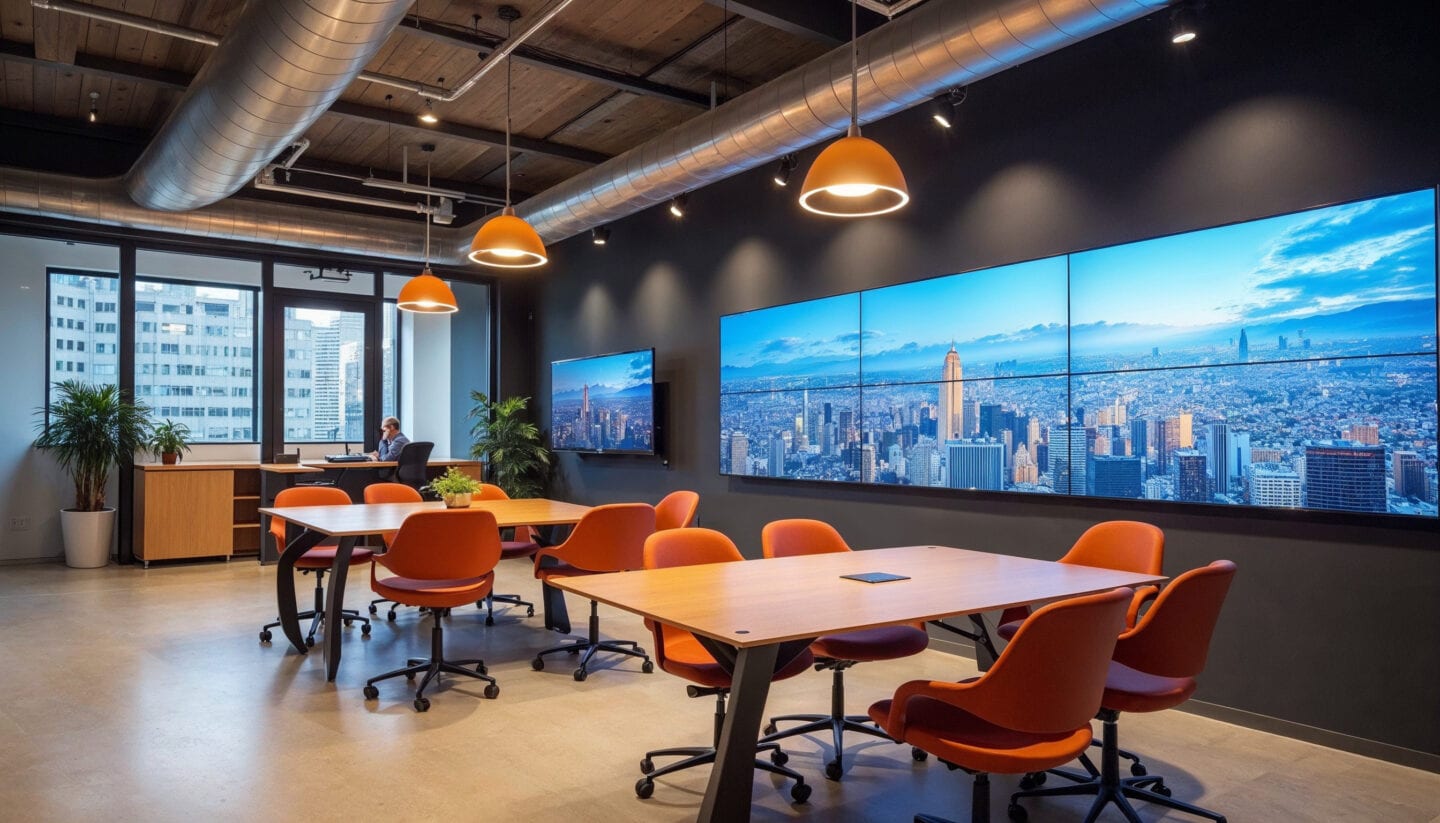Can a workforce ever have too much togetherness? Maybe not – but a recent workplace controversy shows they can definitely have the wrong kind…
US workers for TikTok have complained that a culture of ceaseless back-to-back online meetings with colleagues across the world has left them burned out and exhausted.
The company disputed the claim. But it’s another example of the way new styles of working have created widespread debate about how we work – and about the very essence of togetherness.
Hello, Fellow Humans…
Industry champion Luis De Souza of Korbyt has been watching and leading developments in the sector for more than a decade. He says we’re now entering a new phase of working life that brings the human to the fore.
“We’ve already seen a strong focus on mental wellness and productivity.
“But a new direction is starting to develop as we begin to understand what togetherness really means – and how business success is underpinned by human needs for affection and companionship, for collaboration and recognition.
“Since the Industrial Revolution we have found a shared sense of purpose with our co-workers – and in our modern work we still crave those close connections.”
Don’t Underestimate Happiness at Work
Researchers at the University of Michigan found people display better mental function when they spend time talking and socializing with others.
Did you know:
- 57% of people say having a ‘work best friend’ makes their job more enjoyable
- 21% say working alongside friends improves creativity
- 12% are less likely to leave if they have a good friend there.
Luis says: “As this survey shows, workplace leaders should never underestimate the power of creating the conditions where friendship can thrive.
“The equation is simple:
friendship + togetherness = collaboration = innovation
“Some employees are still reluctant to come back to the office, and this is one area where the appeal of getting together in the office can easily be demonstrated.”
It’s definitely an area where one size does not fit all, however.
“I recently interviewed Rob Stephens, the Global Facilities Director of international law firm BCLP, about the success his company has had in implementing hybrid working,” says Luis.
“With widely varying offices and employees around the world, Rob believes success lies in two factors: technology and flexibility.”
How Technology Enables Workplace Flexibility
Rob points out that trainees appreciate working closely with more experienced colleagues, while more career-established employees might have family responsibilities that lead them to prefer remote working.
Luis says: “He believes organizations need to be able to offer different working patterns and conditions to suit individuals and local traditions, while maintaining consistency in all operations and services.
“Workplace management software enables this flexibility by making it easy for staff to book their desks and meeting spaces quickly using an app, and can also locate the colleagues they need to get together with.
“This is particularly important in an environment where you and your team might only be in the office two or three days a week – there’s no possibility that you might be missing a team member at an important discussion, or can’t find the right collaboration space or meeting room where they can get together.”
Why We All Need to Be More Human at Work
The macho work culture so familiar pre-pandemic will never return, Luis believes – and good riddance.
“As well as the re-thinking people did during the long lockdowns, younger generations are no longer driven by the need to impress with over-long hours.
“Savvy, tech-supported workplaces are measuring success by output, not by presence, and they are reaping the benefits in productivity, wellbeing and talent retention.
“As a workplace leader myself, I’m impressed by these words from Jonathan Sacks:
‘Make space in your life for the things that matter, for family and friends, love and generosity, fun and joy. Without this, you will burn out in mid-career and wonder where your life went.’
“I couldn’t put it better. And it’s crucial that managers understand this in the modern workplace.”
Conclusion
The key takeaways:
- In planning the modern workplace, we need to take into full consideration human needs for companionship, camaraderie, recognition etc.
- We also need to recognise that in different industries and jobs, people need to be in the office for different reasons – some are practical reasons, while some are to do with being part of the office engagement.
- Workplace leaders need to offer the digital tools that support collaboration and human contact, promote workplace efficiency and connect colleagues, enabling informal get-togethers.
- It’s crucial to establish your workplace agenda – never underestimate the importance of this.



